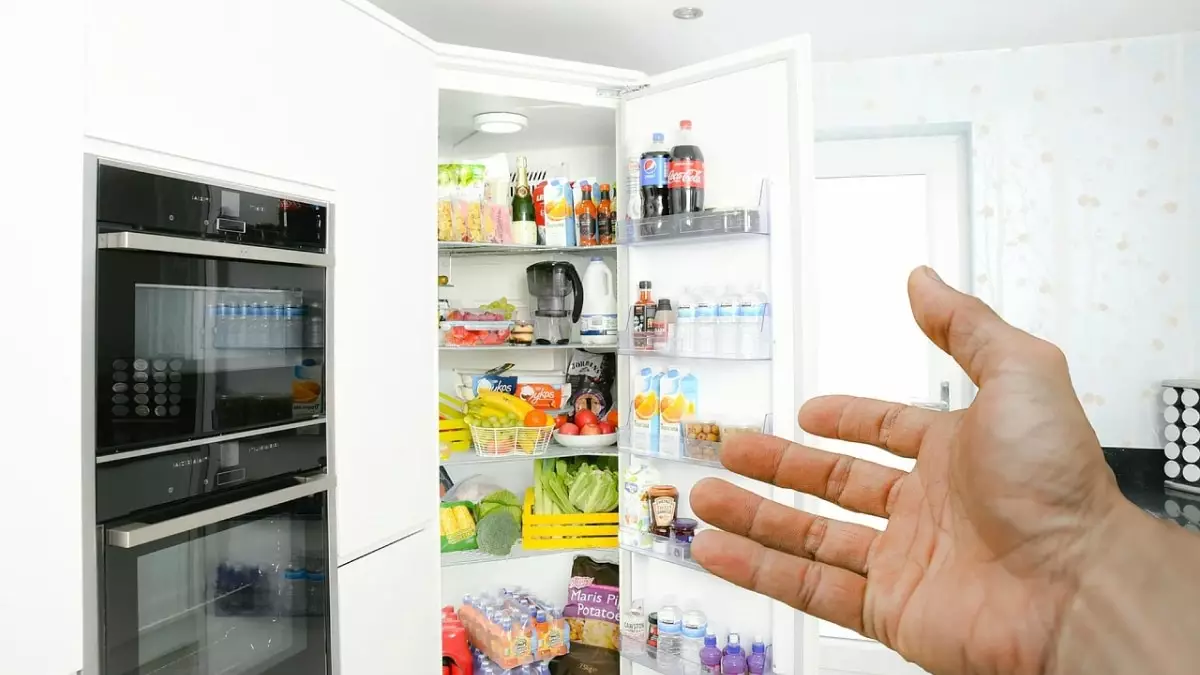As global temperatures rise, the demand for refrigeration and air conditioning systems has surged, leading to an increase in greenhouse gas emissions. Traditionally, these systems rely on liquid refrigerants that absorb heat through evaporation and condensation processes. While effective for cooling, the leakage of these substances has emerged as a significant environmental issue, necessitating the search for innovative alternatives that can mitigate their harmful impact on the atmosphere.
Recent advancements in material science have introduced a novel solution in the form of plastic crystals. Researchers from Deakin University have identified that these unique materials possess a molecular structure capable of transforming under pressure, presenting a fresh approach to cooling systems. When placed under high pressure, the disordered molecular arrangement of plastic crystals transitions into a more ordered state, allowing them to absorb heat upon decompression.
This capability positions plastic crystals as a viable substitute for conventional cooling agents, providing a method of heat absorption that stands apart from traditional systems. Furthermore, these crystals function effectively within a temperature range of -37 to 10 degrees Celsius, aligning well with the standard requirements for household refrigeration and freezing needs.
Despite the promising nature of plastic crystals, considerable challenges remain before they can be integrated into commercial applications. One of the more pressing obstacles is the necessity for extreme high-pressure conditions, akin to those found at depths of several kilometers underwater. Dr. Jenny Pringle, a leading researcher in this field, has acknowledged the limitations imposed by these stringent requirements and emphasized the importance of further exploration to enable practical use in everyday cooling systems.
Another factor that warrants attention is the long-term viability of plastic crystals. Experts like Bing Li from the Chinese Academy of Sciences have raised concerns regarding potential declines in heat absorption performance over time due to molecular strain. Such issues could affect sustainability and efficacy, calling for thorough testing and development to ensure reliability.
The Future of Sustainable Cooling
Nonetheless, the excitement surrounding this innovative technology is palpable among scientists and industry experts. Advocates like David Boldrin from the University of Glasgow believe that if effective solutions can be developed, plastic crystals could revolutionize the refrigeration sector, significantly reducing its carbon footprint. This geo-engineering breakthrough may serve as a pivotal mechanism in our fight against climate change.
As research progresses and experiments shift from laboratory settings to practical applications, the hope is that plastic crystal-based cooling solutions can indeed become a mainstream option. With continued dedication and innovation, the vision of sustainable cooling systems may soon transition from a distant dream to a tangible reality, potentially altering the landscape of energy consumption and environmental responsibility in the coming years.


Leave a Reply